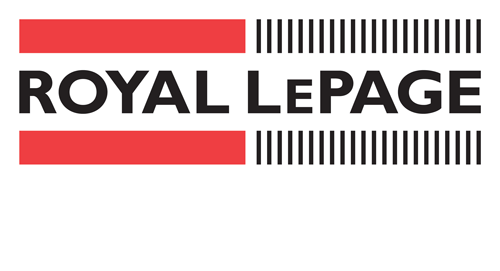Andra Arnold & Associates are a Top Rated, Award-Winning Guelph real estate team that has a passion for helping people. We truly live by our motto “Here to Help”. Our team brings quality expertise to our clients’ buying and selling experiences. The team's dedication, eagerness to help, and experience allow clients navigate one of life’s biggest decisions!
Demystifying Proforma Statements: A Guide for Real Estate Investors in Guelph, Ontario (Part 2)
Part 2: How to Read and Interpret Proforma Statements By: Joe MacDowell
Welcome back to our three-part blog series on proforma statements and their significance for real estate investors in Guelph, Ontario. In this second part, we will take a closer look at how to read and interpret proformas effectively. By the end of this article, you'll be better equipped to analyze these critical financial documents.

Now that you understand what a proforma is and why it's essential for real estate investors, let's explore the art of reading and interpreting proforma statements. Here's how to make sense of the numbers:
Review the Income Projections:
a. Rental Income: Examine the estimated rental income. Ensure it's based on realistic market rates and consider potential fluctuations.
b. Other Income Sources: Proformas may include income from sources like parking fees or laundry facilities. Confirm that these estimates align with local market conditions.
Scrutinize the Expense Projections:
a. Property Taxes: Verify the property tax estimates and ensure they are in line with the local tax rates.
b. Insurance: Review the projected insurance costs and ensure they reflect the type and location of the property.
c. Maintenance: Assess the projected maintenance expenses. Factor in property age and condition to gauge their accuracy.
d. Property Management Fees: If applicable, check property management fees. Make sure they align with the services provided.
Calculate Cash Flow:
Calculate the property's potential cash flow by subtracting total expenses from the projected income. A positive cash flow indicates a potentially profitable investment.
Determine Return on Investment (ROI):
Calculate the expected ROI by dividing the projected annual profit by the total investment (including purchase price, closing costs, and any renovations). A higher ROI is generally more favorable.
Evaluate Risk:
Look for risk assessments within the proforma. This section should outline potential challenges and uncertainties. Assess how these risks might impact your investment strategy.
Compare Proformas:
If you're considering multiple properties, compare their proformas side by side. This comparative analysis can help you identify the most promising investment opportunity.
Seek Professional Guidance:
It's advisable to consult with real estate professionals or financial experts who can offer guidance and help you interpret complex proformas accurately.

Reading and interpreting proforma statements is a crucial skill for real estate investors in Guelph, Ontario. By dissecting the income and expense projections, calculating cash flow and ROI, and evaluating risk factors, you can make informed investment decisions. In our final part of this blog series, we will discuss the practical applications of proformas and provide tips on how to use them to your advantage in the dynamic real estate market of Guelph, Ontario.
Stay tuned for Part 3, where we will explore how real estate investors can leverage proforma statements to maximize their investments and navigate the unique challenges and opportunities in Guelph, Ontario's real estate market.











